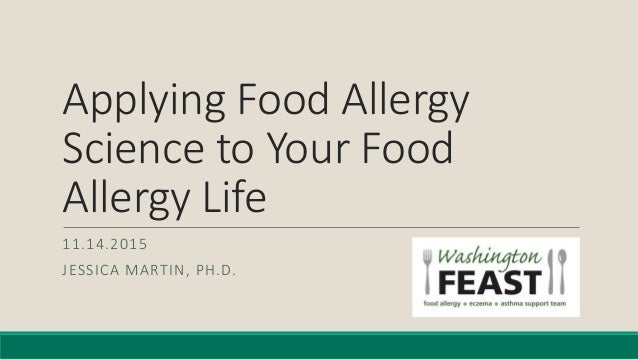New piece at Asthma Allergies Children
Myths abound when it comes to food allergies - no doubt about it. Even worse is when the popular media feeds the myth machine. Science journalism is tough because the work needs to be readable, factually accurate, and give non-scientist readers a sense of its significance and potential impact without over- or under-selling the complicated science itself. In other words, science writers translate what seems like a whole other language (academic journals) into something average human beings can understand and appreciate. When done well, science journalism/writing is a work of beauty. Some days, it feels about as rare as winning a
Pulitzer Prize.
Most science writers are knowledgeable about science, but are not scientists themselves. Mistakes happen, and scientists endlessly gripe about how the media seem to get it wrong more than they get it right. Scientists who also happen to write for the popular media are a rare, but powerful voice. I love the branding of
The Conversation - academic rigor, journalistic flair - because I want to believe it. Is this finally a media outlet that can marry those two worlds?
 |
Academic rigor, journalistic flair?
By Greek , possibly Athenian (Princeton University Art Museum) [Public domain], via Wikimedia Commons |
I'm now skeptical after reading "
The myth of flying peanuts: not so deadly after all." I expected so much more from author,
Tim Spector, who has both serious science and writing credentials. You don't get to be a professor at a well-known institution by making unsupported claims in your peer-reviewed journal articles. Why should it be any different in the popular media? Those rare, mythical Centaurian-like creatures are in a powerful position to influence change for the better in the media. Unfortunately, they are also in a position to do incredible harm when they appeal to their baser media flair side. Scientists shouldn't get to take a vacation when they don't have the threat of peer-review. I wish we lived in a world where regardless of a person's credentials, their work could be judged by the merit of their arguments. We don't live in that world.
Appeal to authority speaks loudly because people just don't have the time or energy to vet everything for themselves.
I've vetted "The myth of flying peanuts: not so deadly after all" for you at Asthma Allergies Children in the following piece -
“Rigor” Mortis: Post Mortem on an Airborne Allergy Article.
A big thank you to editor, Henry Ehrlich.






